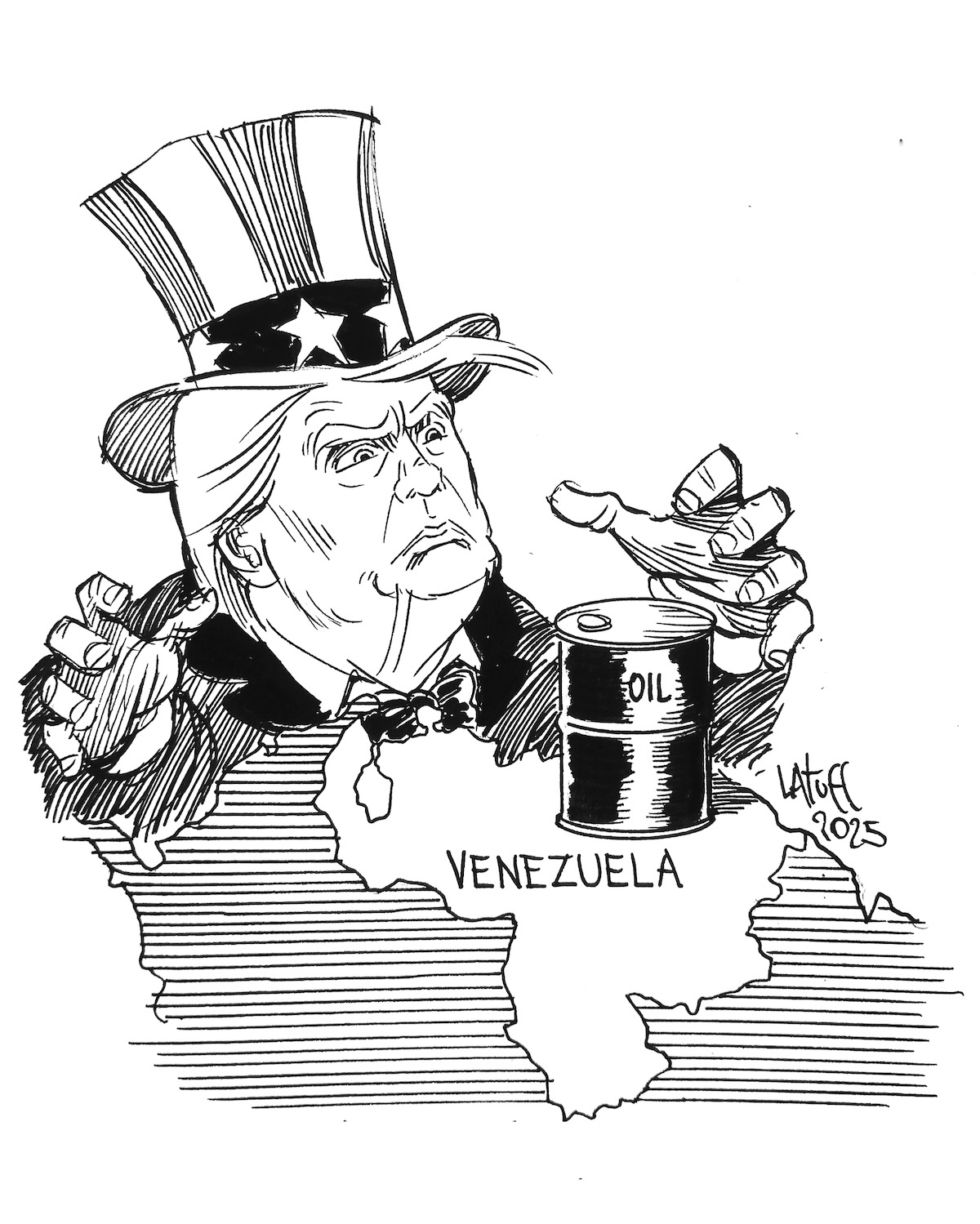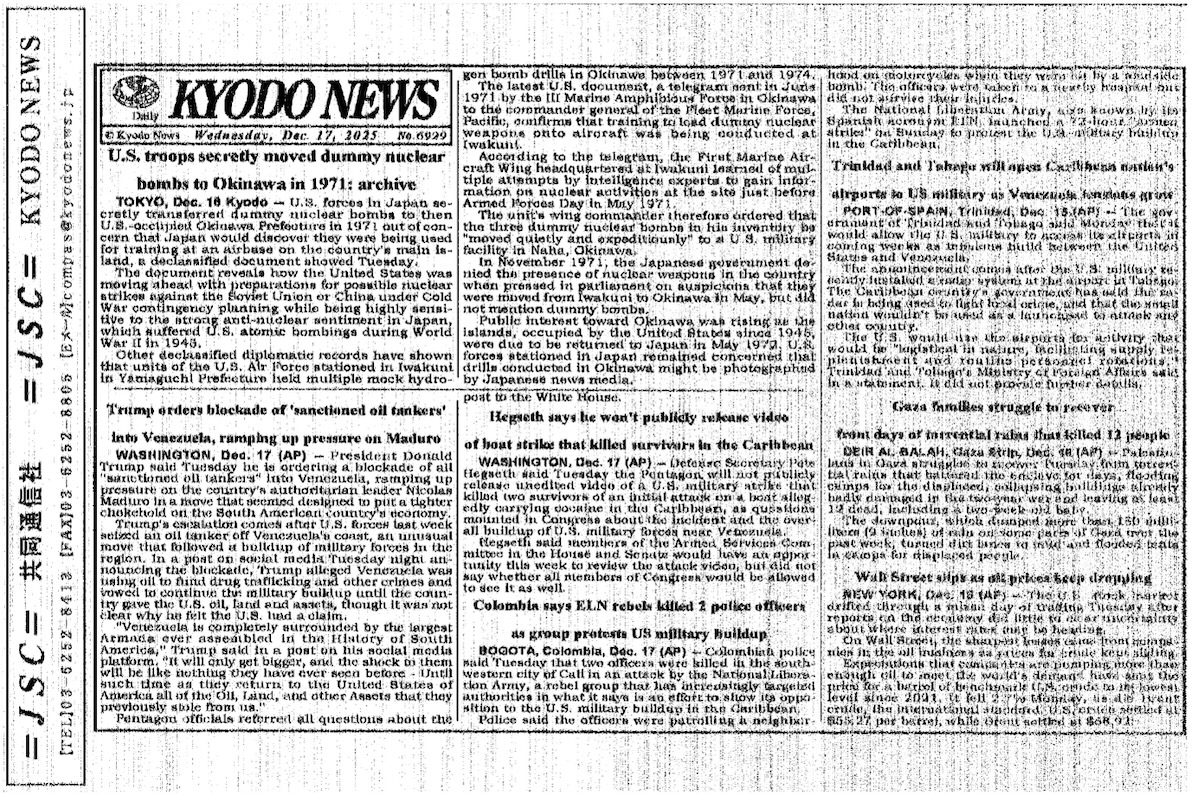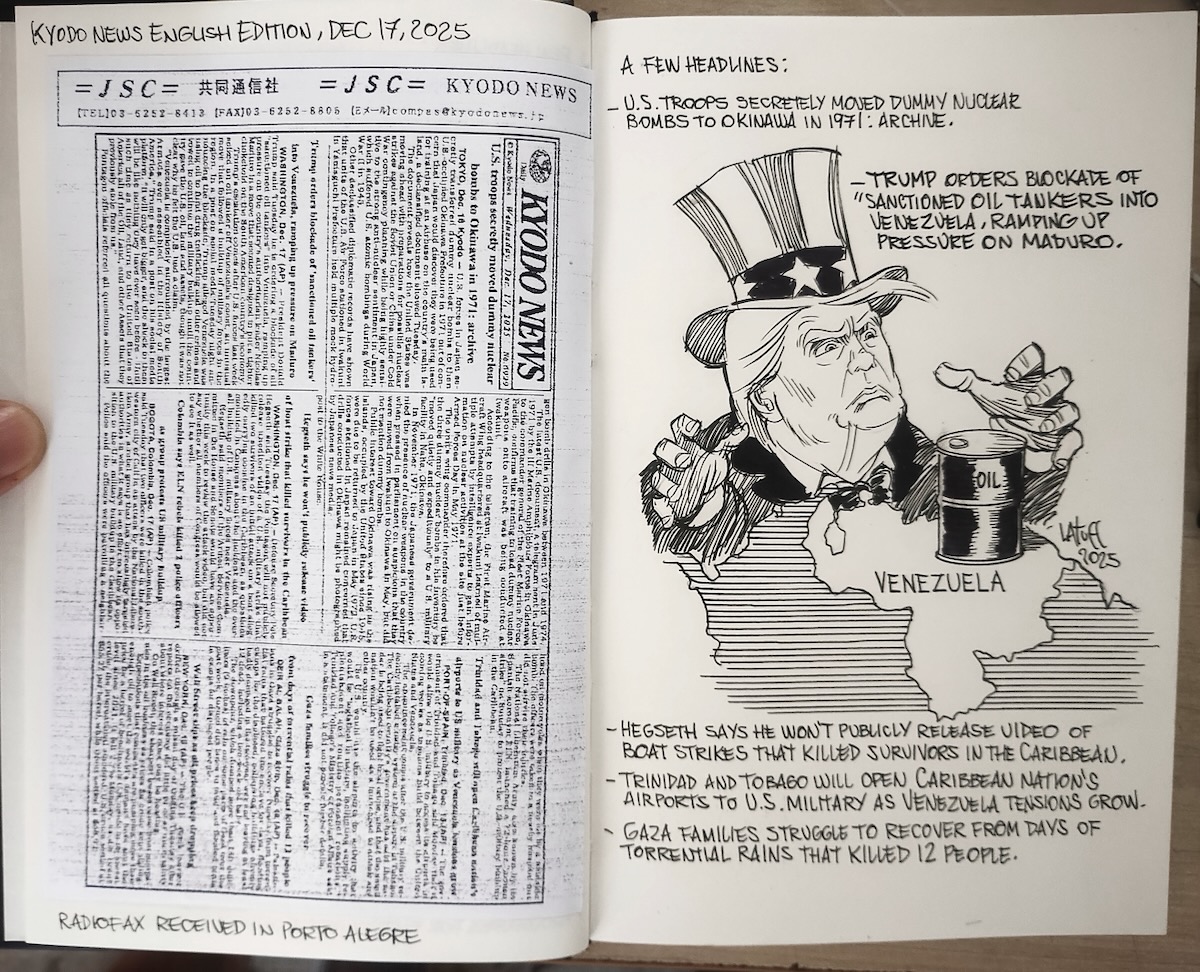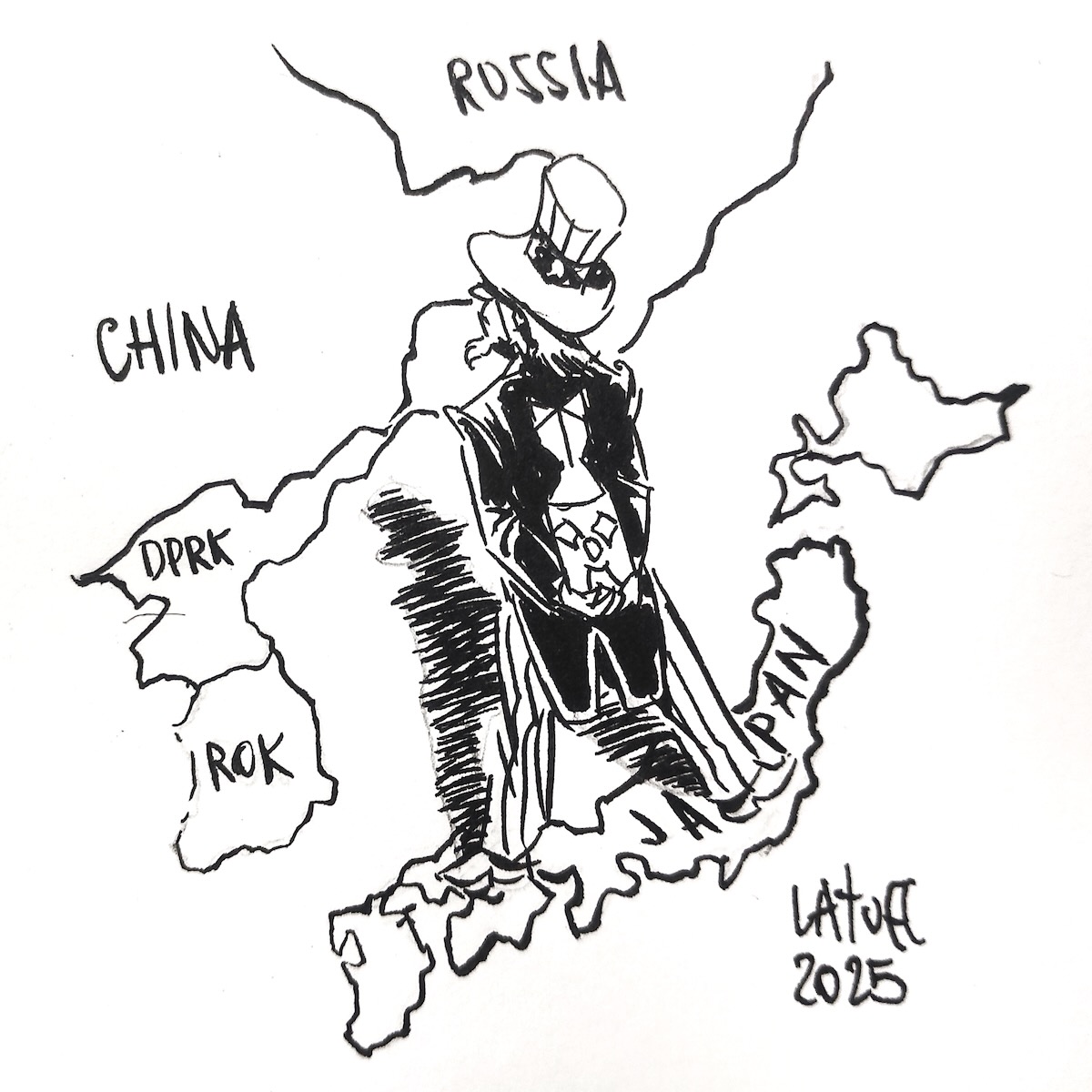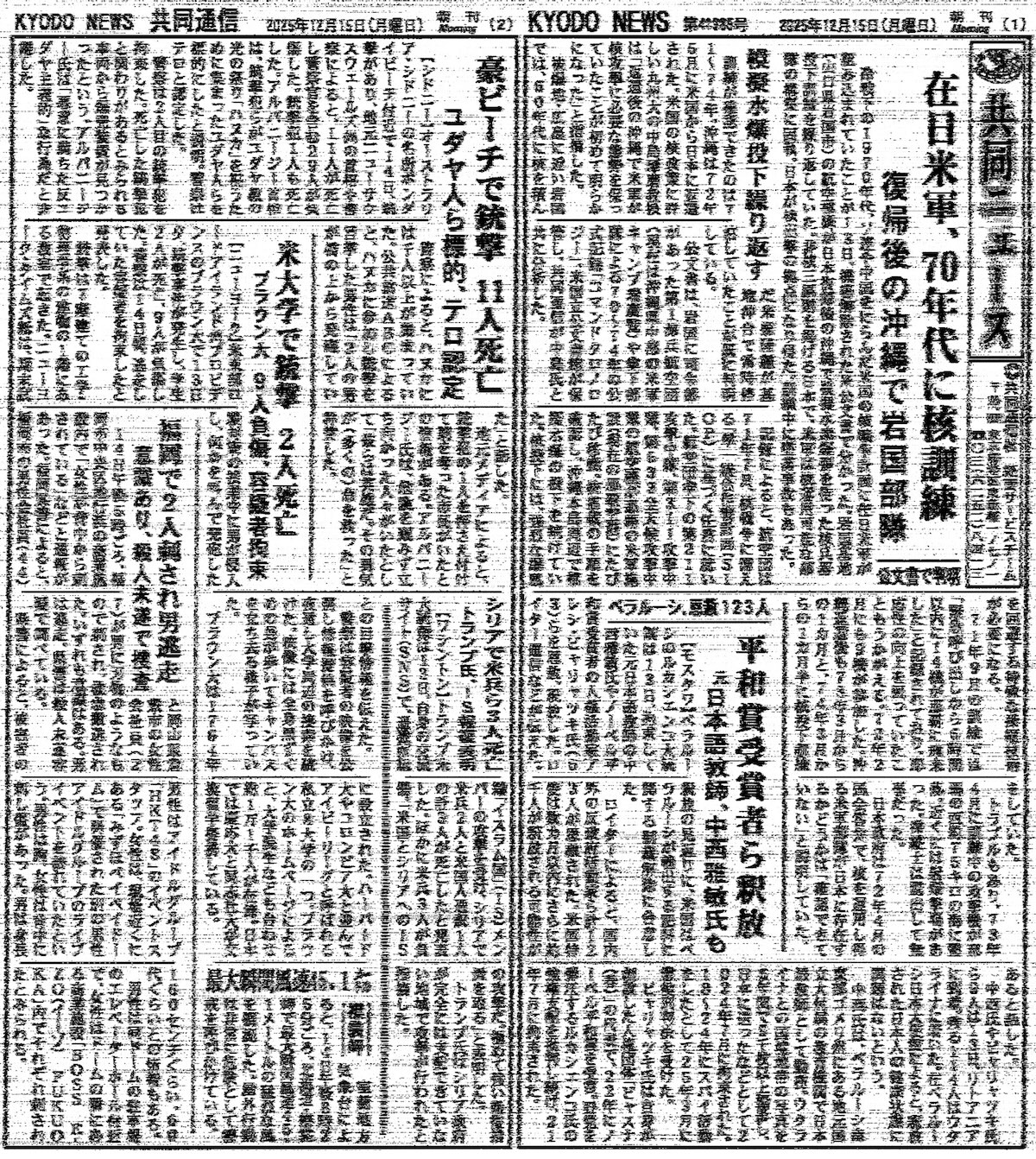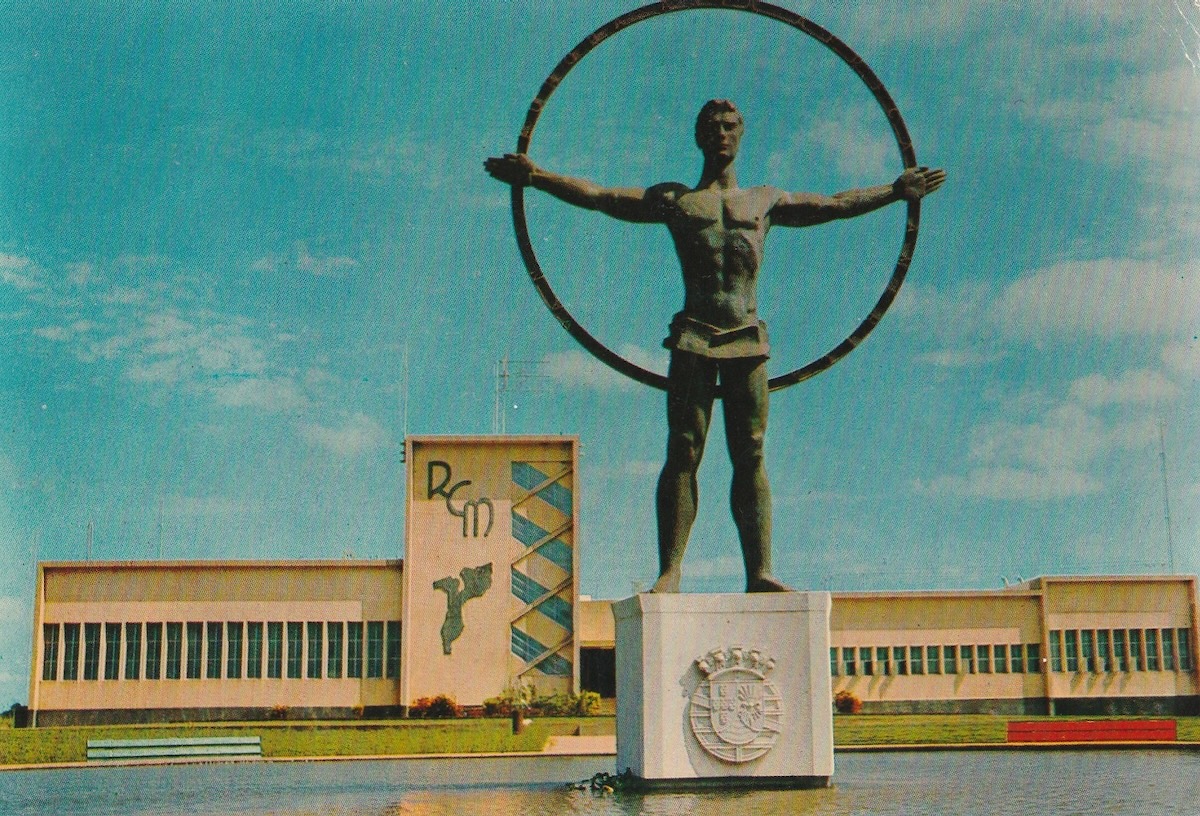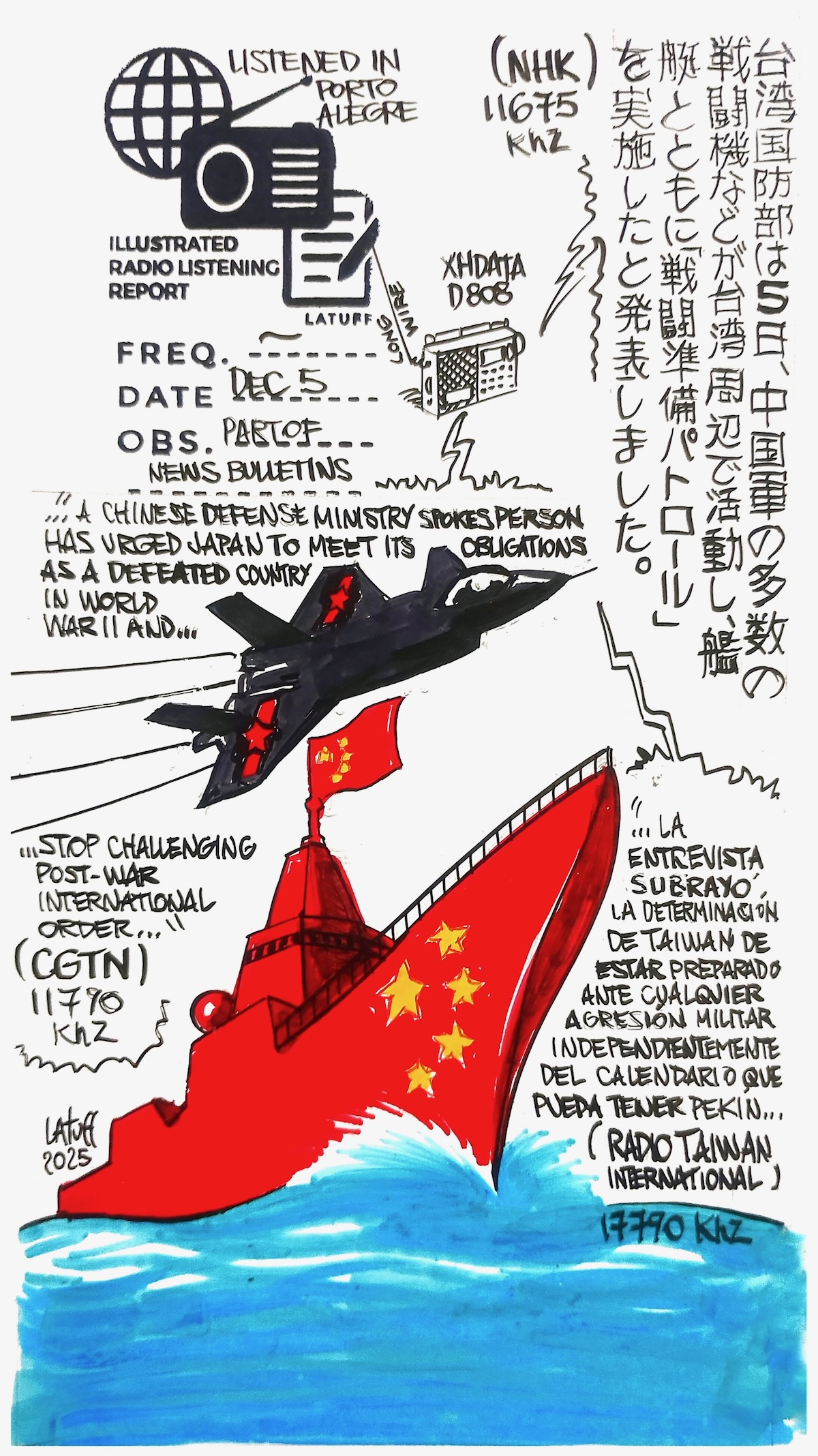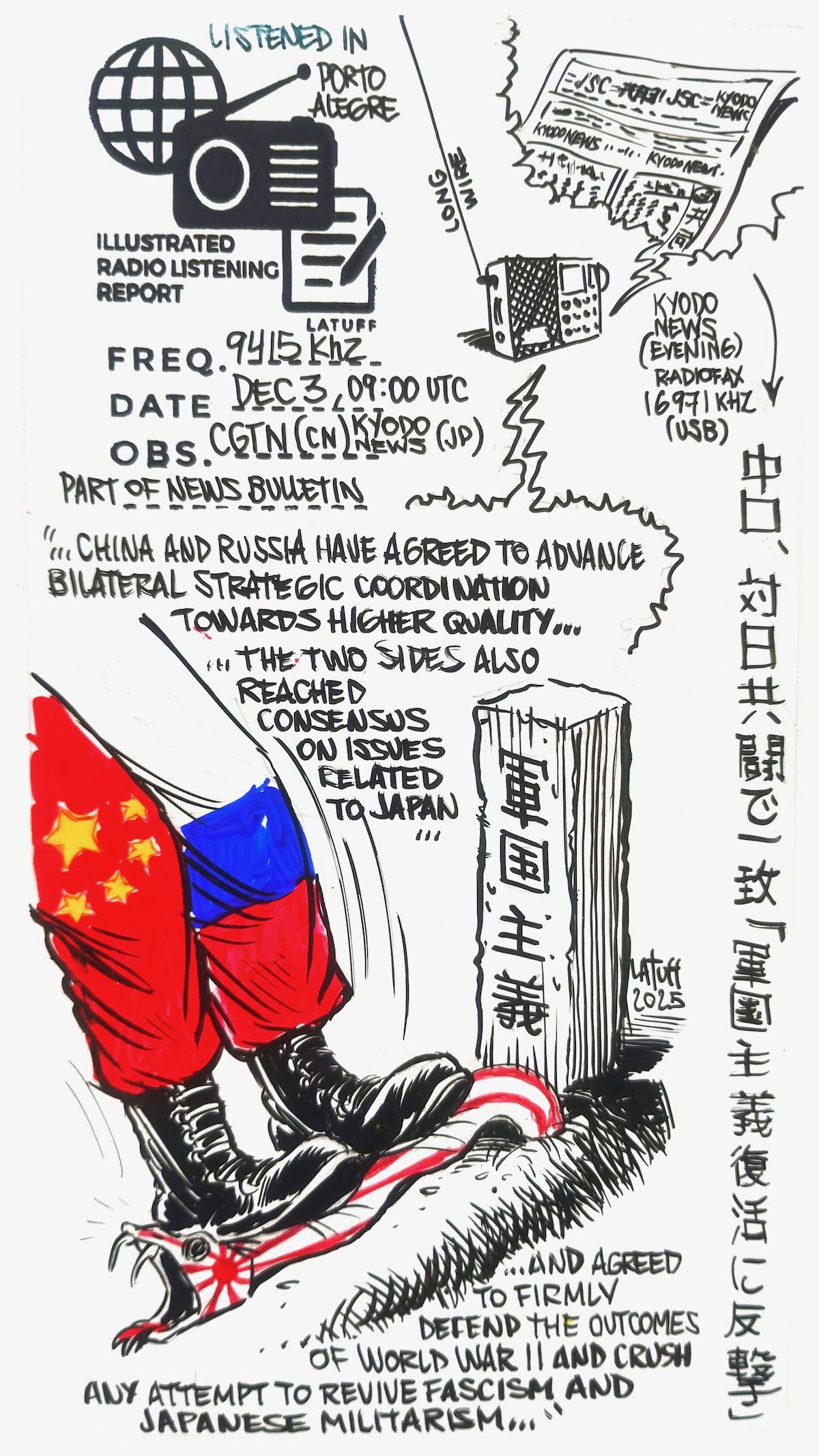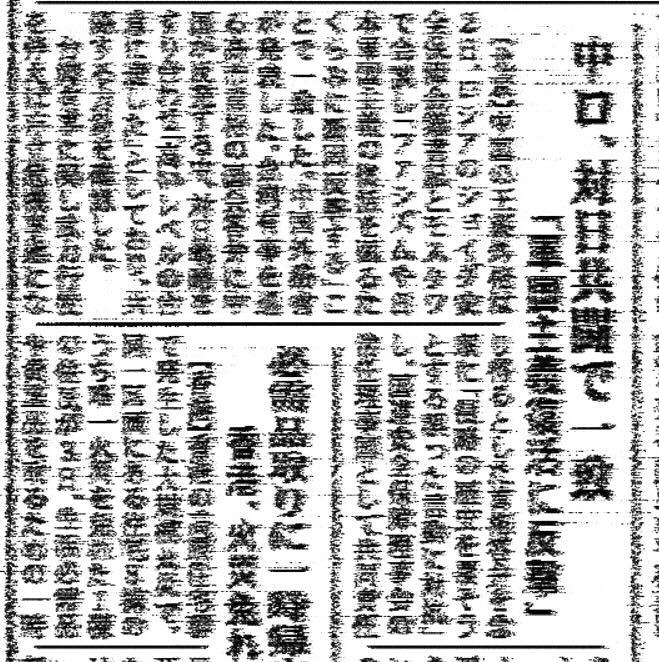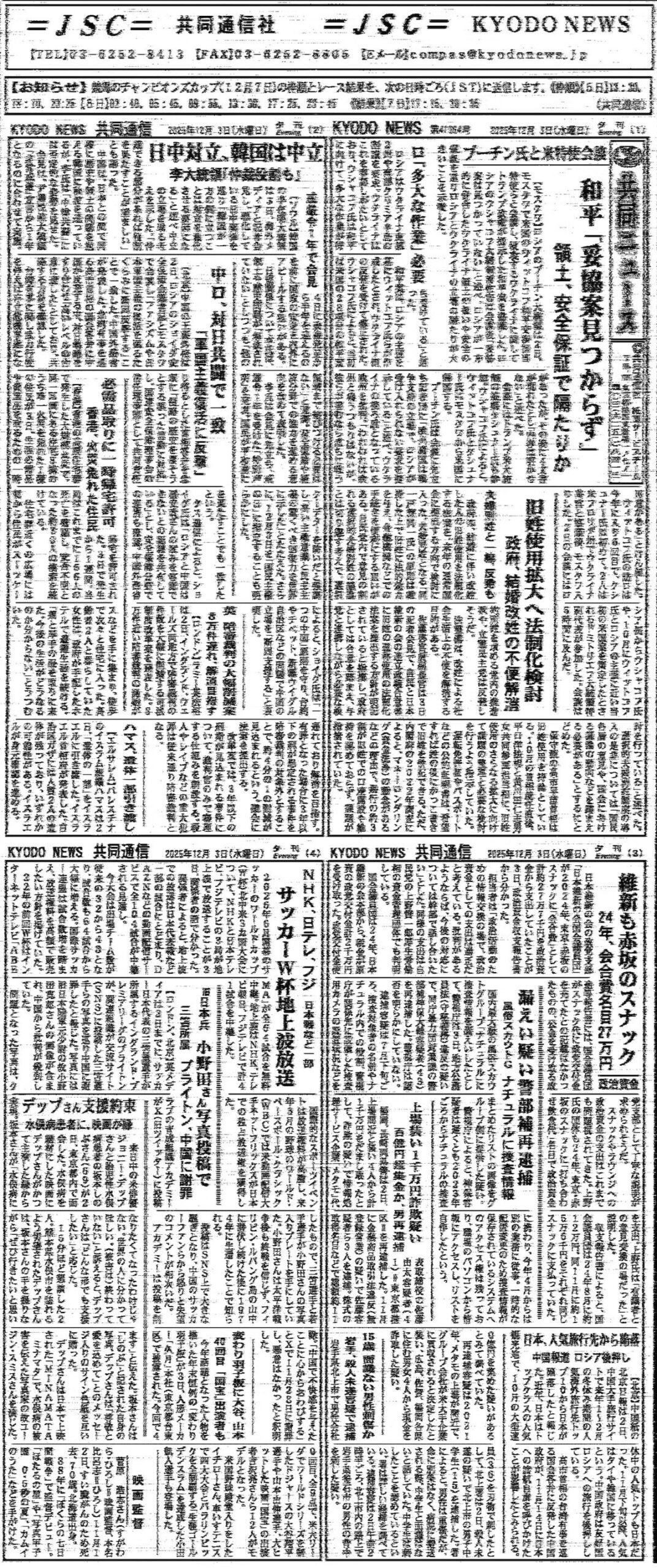Many thanks to SWLing Post contributor and noted political cartoonist, Carlos Latuff, who shares the following illustrated radio listening report of a recent NHK broadcast.
New damage estimates released for Tokyo metropolitan earthquake: “Up to 18,000 dead”, NHK, 9750 kHz
“…If a major earthquake were to occur directly beneath the city center, the worst-case scenario is estimated to be 18,000 deaths, 400,000 buildings completely destroyed or burned down…”


